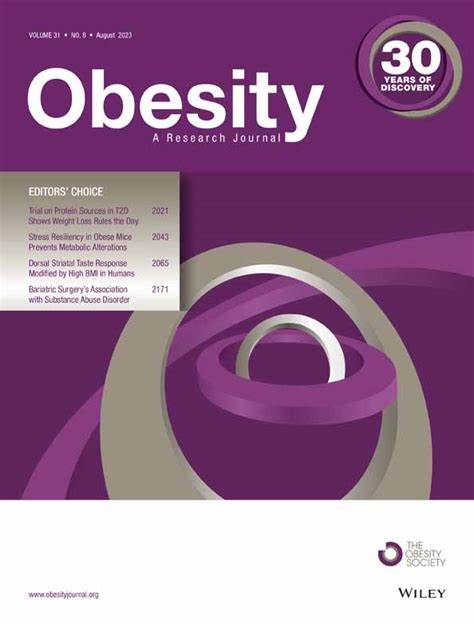FTO variation and early frontostriatal brain development in children
Abstract
Objective
Common obesity-associated genetic variants at the fat mass and obesity-associated (FTO) locus have been associated with appetitive behaviors and altered structure and function of frontostriatal brain regions. The authors aimed to investigate the influence of FTO variation on frontostriatal appetite circuits in early life.
Methods
Data were drawn from RESONANCE, a longitudinal study of early brain development. Growth trajectories of nucleus accumbens and frontal lobe volumes, as well as total gray matter and white matter volume, by risk allele (AA) carrier status on FTO single-nucleotide polymorphism rs9939609 were examined in 228 children (102 female, 126 male) using magnetic resonance imaging assessments obtained from infancy through middle childhood. The authors fit functional concurrent regression models with brain volume outcomes over age as functional responses, and FTO genotype, sex, BMI z score, and maternal education were included as predictors.
Results
Bootstrap pointwise 95% CI for regression coefficient functions in the functional concurrent regression models showed that the AA group versus the group with no risk allele (TT) had greater nucleus accumbens volume (adjusted for total brain volume) in the interval of 750 to 2250 days (2–6 years).
Conclusions
These findings suggest that common genetic risk for obesity is associated with differences in early development of brain reward circuitry and argue for investigating dynamic relationships among genotype, brain, behavior, and weight throughout development.

 求助内容:
求助内容: 应助结果提醒方式:
应助结果提醒方式:


